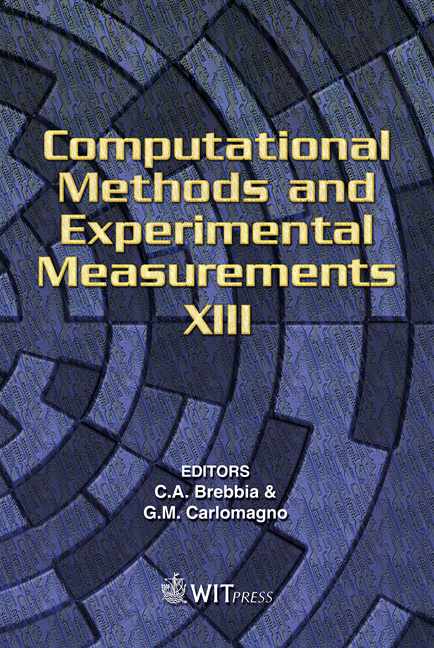Effect Of Metakaolin On Chloride Binding In Lime-based Composites
Price
Free (open access)
Transaction
Volume
46
Pages
9
Published
2007
Size
320 kb
Paper DOI
10.2495/CMEM070371
Copyright
WIT Press
Author(s)
R. Pernicová, M. Pavlíková & R. Černý
Abstract
The determination of chloride binding isotherms for two different types of limebased composite materials containing metakaolin is presented in this paper. The experiments are performed on small specimens with defined shape so that the effect of the porous structure is respected. Also, the experiment with crushed samples as in the original procedure by Tang and Nilsson is done for the sake of comparison and the differences analyzed. It is concluded that the chloride binding capacity of lime-based materials depends critically on the size of the sample. Therefore, the result obtained by the original Tang and Nilsson method can be considered as a certain upper limit to the real chloride binding capacity. Keywords: chloride binding isotherm, metakaolin, lime-based composites. 1 Introduction Today’s trend in building renovation and preservation is to use materials with defined properties and known behaviour. The demands of conservators who take care of historical monuments are that the materials for repair or innovation of plasters could have similar composition as the historical materials and they have to be applicable by the original methods, it means coated layers number and structure, the way of plaster surface treatment by striking, indentation or making it smooth. As the chemical analyses of many plasters from historical buildings show, the past centuries external plasters that are preserved until today contain products formed by lime reaction with pozzolanic or hydraulic admixtures. In the work presented in this paper, metakaolin is used as the pozzolanic admixture in limepozzolana plaster. Application of metakaolin in lime mortars for restoration of
Keywords
chloride binding isotherm, metakaolin, lime-based composites.





